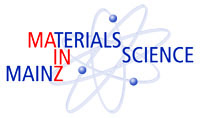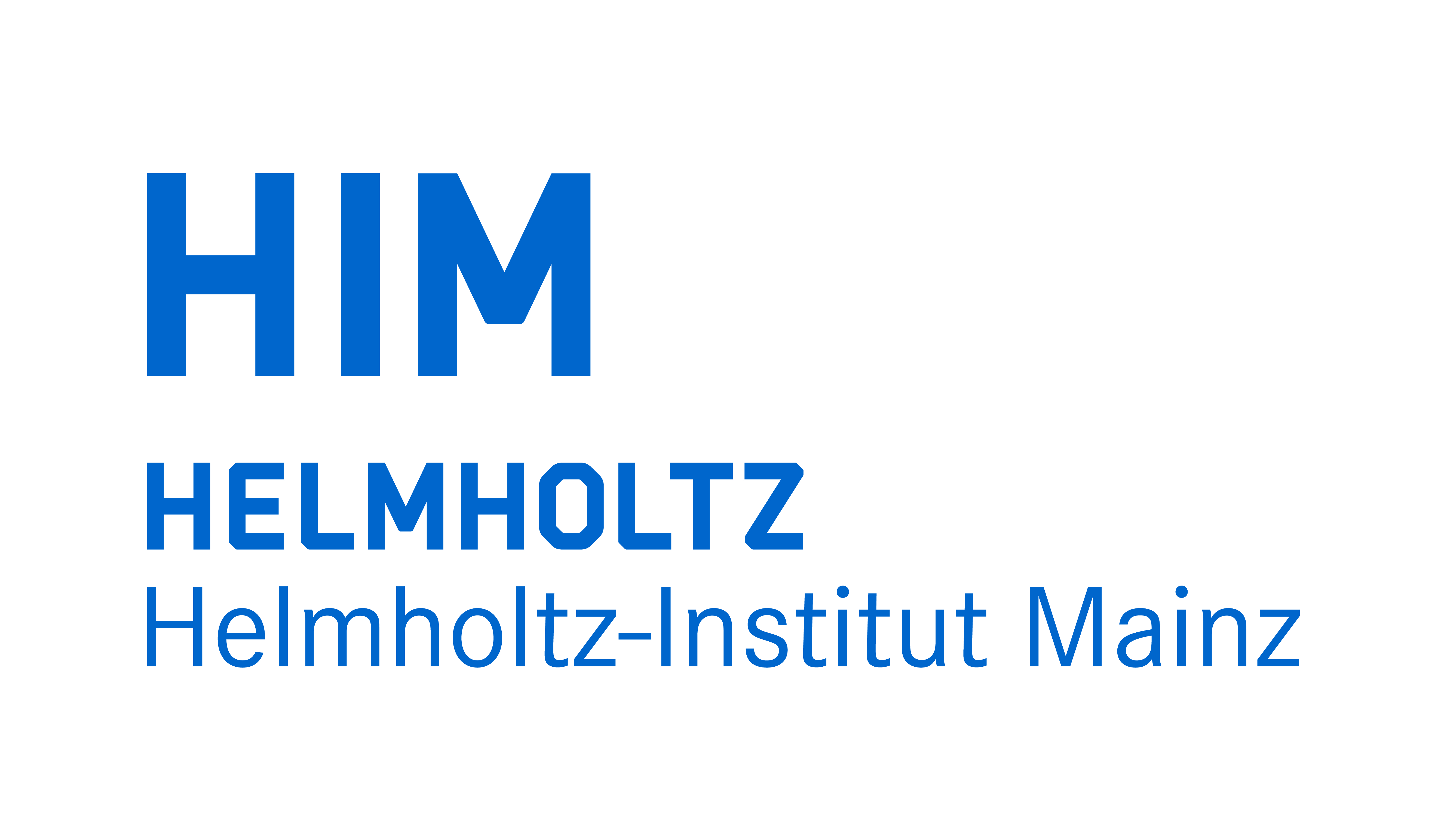


Physikalisches Kolloquium
Dec. 9, 2014 at
4 p.m. c.t.
in
Hörsaal des Instituts für Kernphysik, Becherweg 45
Prof. Dr. Alfons Weber
Institut für Physik
a.weber@uni-mainz.de
Prof. Dr. Hartmut Wittig
Institut für Kernphysik
hartmut.wittig@uni-mainz.de
Note: IEEE Magnetics Society Distinguished Lecture
Interaction of Ferromagnetic and Superconducting Permanent Magnets: Superconducting Levitation
Prof. Dr. Ludwig Schultz (IFW Dresden)
New means of urban transportation and logistics will become realistic with superconducting magnetic bearings using bulk high-temperature superconductors. The advantage of superconducting magnetic levitation is that it is passively stable without any electronic control, but with attracting and repelling forces to suspend a vehicle pendant or standing upright from zero to high speed. These are perfect conditions for a rail-bound, individual transport with cabins for 4 to 5 passengers, requested call by call. They will levitate noiselessly over a track made of rare-earth permanent magnets, saving energy and travel time. A big step forward in this vision has been made in Dresden. The world largest research and test facility for transport systems using bulk high-temperature superconducting material in the levitation and guidance system, in combination with a permanent magnet track, was put into operation. A vehicle for 2 passengers, equipped with linear drive propulsion, a noncontact energy supply, a second braking system, and various test and measurement systems is running on an 80 m long, oval driveway. In the presentation, the principle of superconducting levitation by flux pinning in high-temperature superconductors will be described. Based on this, an overview of the SupraTrans II research facility and future directions of superconductivity-based magnetic levitation and bearing for automation technology, transportation, and medical treatment under enhanced gravity will be given.